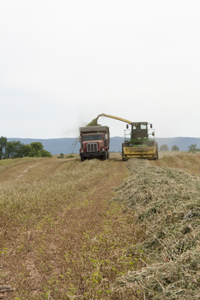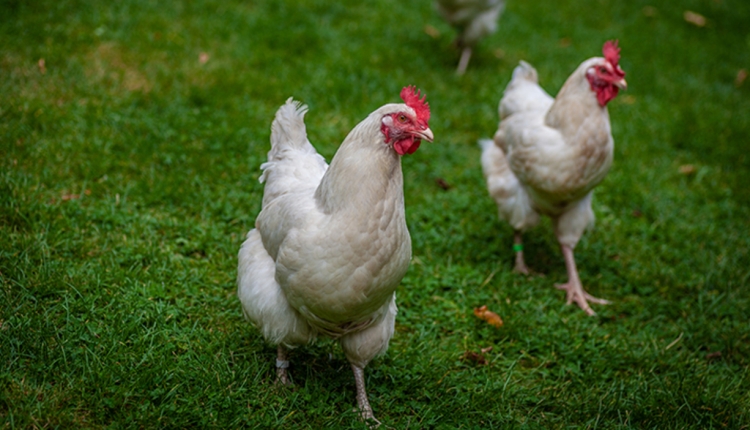 "Land values are currently like a well-stoked, blazing Friday night camp fire," explained Brent Gloy, director for Purdue's Center for Commercial Agriculture. "We dumped a lot of wood on the camp fire and land values are blazing hot.
"Land values are currently like a well-stoked, blazing Friday night camp fire," explained Brent Gloy, director for Purdue's Center for Commercial Agriculture. "We dumped a lot of wood on the camp fire and land values are blazing hot. "Demand for ethanol was the first pile of wood tossed onto the small fire. More wood was dumped through additional export demand from Asia. As returns continued to improve, row crops improved which provided for more cash, and that combined with low interest rates added more wood and the fire got much hotter and brighter," said the Indiana-based farm economist. "As if we didn't have enough fuel, some more wood was tossed onto the blaze in the form of crop insurance and reduced supplies from this year's drought.
"That isn't the only thing taking place," said Gloy. "Soon bankers are going to field many more calls to extend credit to finance higher land values. If they do this in substantial amounts, it will be like pouring gasoline on the fire, and you will see values and rents rise. Whether lenders do this will go a long way in determining where land values go."
What does it all mean?
"Current values are dependent upon continuation of low interest rates and high returns over a crop's variable costs," said Gloy. "It is very difficult to predict what will take us out of this current row-crop cycle. But credit can magnify the outcome either way. Keep in mind, if interest rates go above 4 percent, you will need more income to justify current land price trends," Gloy advised.
"Times in the row-crop business are very good," he continued, "it is very conceivable they could get better. It is also conceivable that they could be worse."
One thing's for sure, the glow on land prices has raised regulators eyebrows as they have the recent housing bust and the early 1980's farm crisis still ingrained in their memory banks.
"In 1951, it took 14 years of cash rent to pay for land," stated Jeffery Jensen, assistant vice president of supervision and regulation for the Federal Reserve Bank of Chicago. "In 2007, 33 years of cash rent was required to pay for land," cautioned Jensen. "That number is still climbing."
"Our projections indicate break-even rent for a corn-on-corn rotation would be $262 cash rent in Iowa based on $5.40 corn and a 160 bushel yield next year," said Jensen.
That's if you are looking at rents. "If you are financing a land purchase, a 1 percent upward movement in interest rates will require a 50-cent per bushel improvement in corn prices to cover the additional costs," added Leslie Miller, vice president of the Iowa State Savings Bank. "That potential scenario is causing bankers to be very cautious on loans. With escalating land prices, most lenders will only count half of land's current value as collateral for a new loan," the Iowa community banker went on to explain, recalling the 1980's land crisis.









